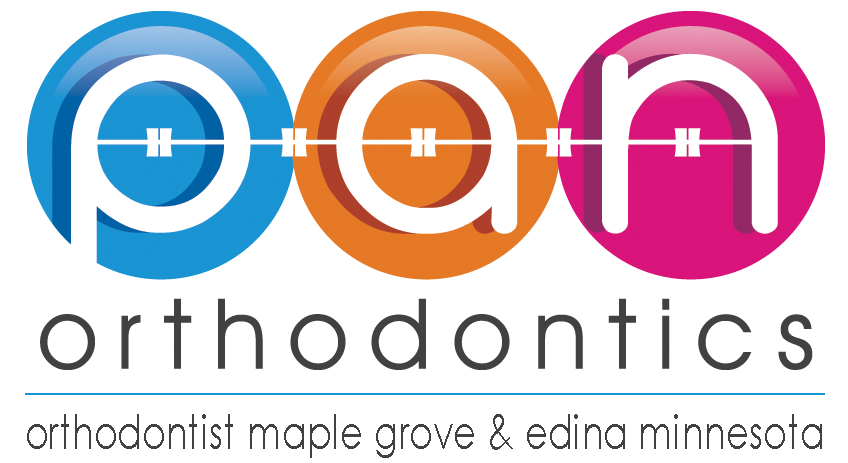Orthodontic Conditions - Maxillary Hypoplasia
Maxillary hypoplasia, which is also called maxillary deficiency, is the underdevelopment of bones in the upper jaw. This condition produces midfacial retrusion and creates the appearance of protuberance where the lower jaw juts forward. It is often associated with Crouzon syndrome, Angelman syndrome in addition to fetal alcohol syndrome. It may also be associated with a cleft lip and cleft palate. Some people can also develop maxillary hypoplasia due to poor teeth extractions.
Maxillary hypoplasia creates the appearance of the patient having a large chin because of their smaller upper jaw. This condition also results in an underbite, which can impact chewing, breathing, speech and overall long-term oral health. Modern advances such as virtual 3-D surgical planning and osteodistraction are helping to improve the results for children who require facial reconstruction.
Signs and Symptoms
The underdevelopment of the bones located in the upper jaw gives the center of the face the appearance of being sunken in and gives the lower jaw the appearance of sticking out. This occurs even when anatomically the jaw is normal. The condition makes it increasingly difficult to eat. In addition, it can cause future challenges for the patient, such as a restricted airway. This can then result in back pain, neck pain, and numbness in the hands and arms, from the constant forward head posture. The restricted airway can also lead to snoring and even sleep apnea. Sleep apnea can result in heart problems, endocrine problems, weight gain and cognitive issues, along with other issues.
Treatment
Corrective surgery is the most common treatment used to correct maxillary hypoplasia. It involves repositioning the upper jaw in order to align it with the lower jaw and provide the face with overall symmetry. It is ideal to perform the surgery during adolescence ad this allows the jaw to fully recover and develop as normal. The surgery can also be performed in consultation with an Orthodontist who will work to reposition the teeth in the mouth.
Effectively treating an underdeveloped upper jaw requires evaluating the problem from multiple perspectives. A pediatric plastic and craniofacial surgeon can help integrate cheek, nasal, soft tissue and jaw surgery, in addition to the teeth, in order to fully restore overall facial balance and function. In order to have a complete assessment and thorough treatment of the issue, it is advantageous to consult with a team who is experienced in treating maxillary hypoplasia.
An advanced treatment approach can include the development of a personalized 3-D virtual model prior to surgery. This allows the medical team to carefully plan out each individual step of surgery in addition to calculating the precise measurements which are required to achieve an optimal outcome.
Distraction Osteogenesis
In some cases, a device may be placed on the jaw which allows for bone distraction. This technique allows the body to create its own bone and helps avoid the need for bone grafts.
Jaw Reconstruction Surgery
After puberty, the jaws are moved into their new position and are held in place with small plates and screws.
Recovery
The recovery time following surgery varies from patient to patient based on the extent of the surgery and individual case. Patients are usually told to eat soft foods for a few days up to a few weeks, which allows their jaw adequate time to heal. Patients will also be required to have regular checkups with their doctor in order to monitor the bone displacement, signs of infection or other issues that may arise.
Pan Orthodontics Philosophy
To treat our patients as our families and to treat others as how we want to be treated. From your first phone call to the moment your new smile is born, everything in our office is set up to ensure an excellent experience with us. We will always listen to you and improve with your suggestions.
Featuring The Latest Orthodontics Technology
Our Commitment to You
We will continue to keep up with the ever growing digital technologies to improve your orthodontic experience. We also commit to always help you find the most convenient time for your visit with us.




